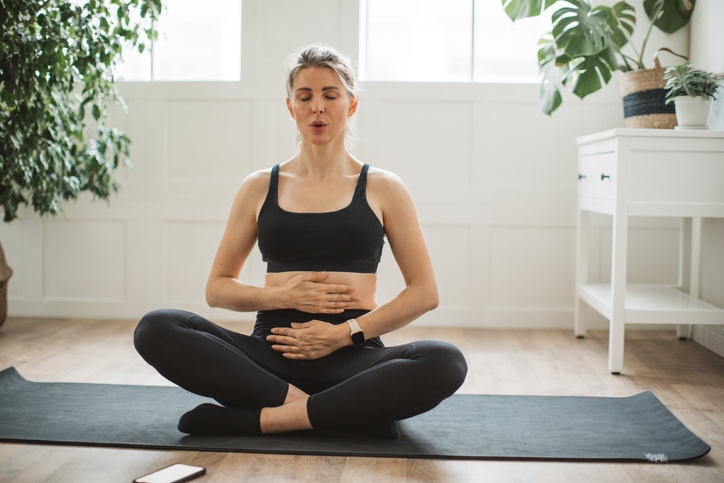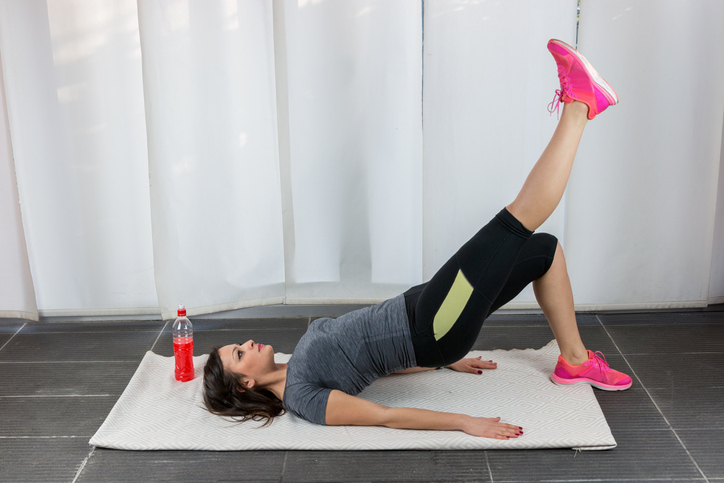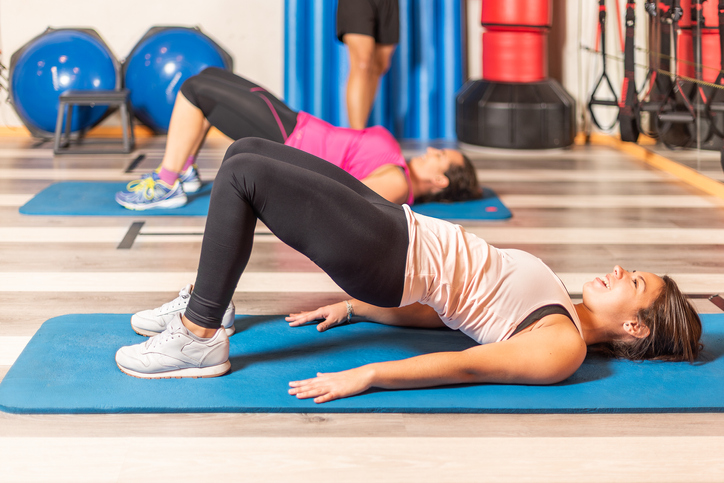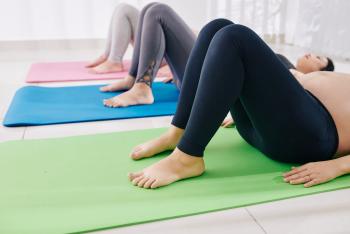By incorporating new exercises and techniques into your fitness routine, you can improve your pelvic...
Read More
Your pelvic floor is a group of muscles that work nonstop to stabilize your body and support your organs. “Your pelvic floor muscles enable essential bodily functions while also helping to stabilize your core,” said Vanessa Vander, Certified Pelvic Rehabilitation Therapist at Inspira Medical Center Mullica Hill. “However, injury, childbirth and the normal aging process can weaken these muscles, potentially leading to conditions like incontinence or prolapse.” Here are exercises that can help keep your pelvic floor muscles healthy.

Diaphragm breathing allows the pelvic floor muscles to work efficiently, helps with stress management and encourages relaxation. Begin by lying on your back and placing your hands on your abdomen. As you inhale, let your abdomen fill with air and rise. As you exhale, pull your abdominal muscles inward. You can practice in different positions, such as sitting, side-lying, hands and knees, standing and lying on the back or abdomen.
Kegel exercises are one of the most common exercises recommended for strengthening the pelvic floor muscles. Start in a comfortable position lying on your back, sitting or standing. Contract the muscles you use to stop the flow of urine, which you should feel toward the back of your pelvic area. Hold this contraction for three to five seconds, relax for three to five seconds and repeat this cycle ten times.
Try to keep other muscles relaxed while doing this exercise and avoid holding your breath. Gradually increase the duration of contractions, working your way up to ten seconds and aiming for 30 to 40 repetitions throughout the day. Note that you should only perform Kegel exercises if you are pain-free. If you experience any pelvic or abdominal pain, talk to your doctor or therapist before continuing these exercises.

Toe taps increase core stability and help engage and activate the pelvic muscles. Start by laying on your back with your knees bent and your feet on the floor. Keep your pelvis tilted slightly forward by keeping your lower back flat on the floor. Slowly lift both legs to a tabletop position. Next, gently bring one leg down with your knee bent, contracting your core muscles and lightly tapping your toe on the floor. After returning this leg to tabletop position, repeat the exercise with your other leg, keeping your core and pelvic muscles engaged. Continue alternating legs for 12 to 20 repetitions.

The bridge pose is a popular yoga exercise that can help engage and strengthen the pelvic floor muscles. Start by laying on your back with your knees bent and feet flat on the floor, hip-width distance apart. Place your arms by your sides, keeping your palms facing down. Slowly lift your hips toward the ceiling, keeping your feet and shoulders on the floor. Hold this position for five to ten breaths, and then slowly lower your hips back to the floor. Repeat this series two to three times, keeping your core and pelvic muscles engaged to avoid putting too much pressure on your neck or lower back.

Bird dogs are core stability exercises that help engage the pelvic floor muscles while working on your overall balance and posture. Start on all fours with your wrists under your shoulders and your knees under your hips. Keeping your spine neutral, extend your right arm straight forward and left leg straight back, keeping both in line with your body. Hold this position for a few seconds and slowly lower your arm and leg to return to your starting position. Repeat this exercise with your left arm and right leg, alternating sides for 10 to 15 repetitions altogether.
If you have any medical conditions or if you’ve had recent surgery, talk to your doctor before starting a new exercise regimen.
Being mindful of how often you use the bathroom can benefit your pelvic floor health. “Holding in urine and stool can put extra pressure on your bladder and pelvic floor muscles, potentially leading to incontinence issues,” said Vander. “Try to use the bathroom when you first feel the urge to go.”
Urinating in the shower could also affect your pelvic health. Making a habit of it can potentially link the urge to urinate to the sound of running water, leading to more frequent urination and affecting the pelvic floor muscles. “It’s also important to avoid straining while going to the bathroom or trying to go too often,” said Vander. “Using the bathroom too often or straining to go when you don’t need to can increase the risk of pelvic organ prolapse.”
Inspira offers pelvic floor rehabilitation with specialized Physical and Occupational Therapists, and Inspira’s Urogynecology Program can help you address bladder and pelvic floor disorders. Learn more about our approach and your treatment options.
Inspira Health is a high reliability organization (HRO), which means safety is the top priority for patients and staff. To make an appointment, call 1-800-INSPIRA.

By incorporating new exercises and techniques into your fitness routine, you can improve your pelvic...
Read More
Preeclampsia, though treatable, carries implications that can impact your health after childbirth...
Read More
Menstruation is a natural and normal fact of life. Good menstrual hygiene helps ensure your overall...
Read More
The material set forth in this site in no way seeks to diagnose or treat illness or to serve as a substitute for professional medical care. Please speak with your health care provider if you have a health concern or if you are considering adopting any exercise program or dietary guidelines. For permission to reprint any portion of this website or to be removed from a notification list, please contact us at (856) 537-6772